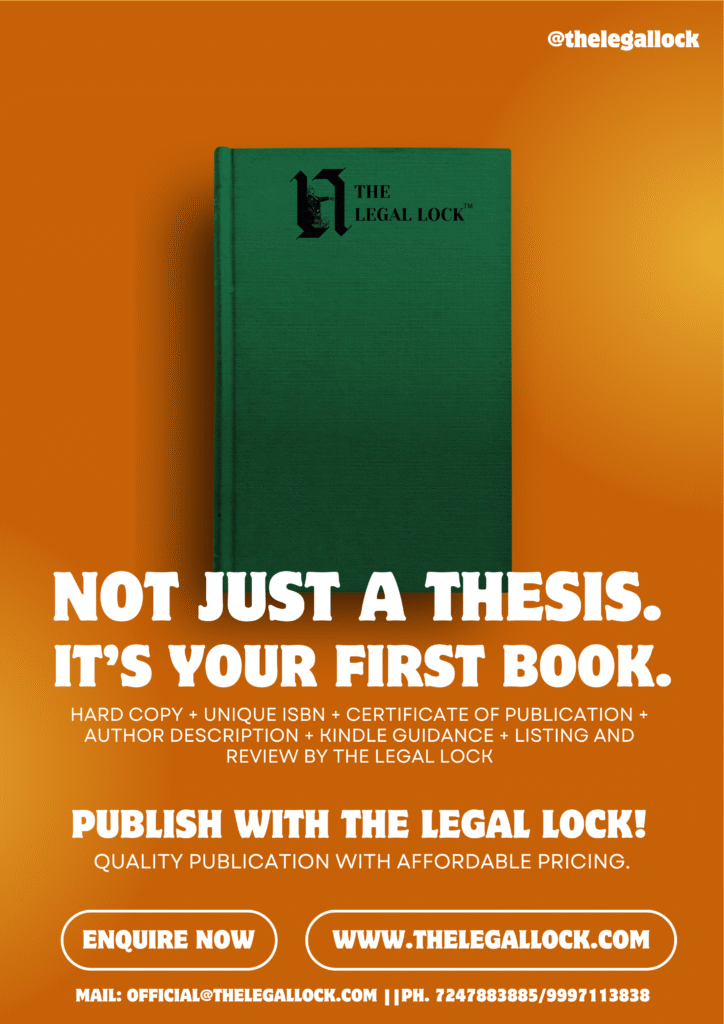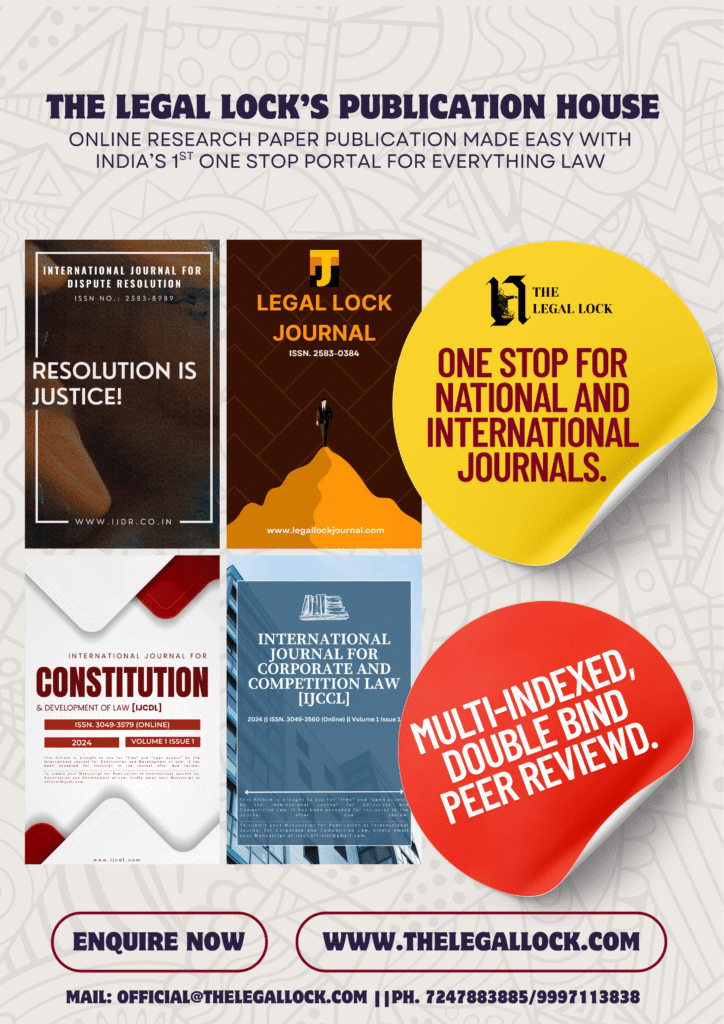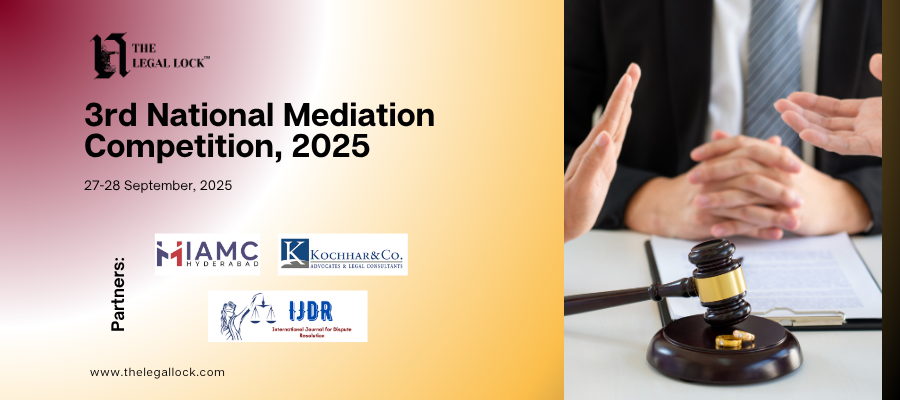Writ of Certiorari: It Records The Ultimate Truth

INTRODUCTION
The term “Certiorari” comes from a Latin word meaning “to inform”. Earlier, the King ordered that necessary information be provided to him to certify him of a matter. In earlier times, courts never used the writ of Certiorari to record proceedings of an act or ordinance or to quash an act or ordinance.
For calling records or quashing an act or ordinance, the remedy was declaration and mandamus. However, the concept of Certiorari as evolved with the passage of time.
The concept of Certiorari involves a judicial order that operates in personam. The Supreme Court or a High Court issues it in original legal proceedings, directing any constitutional, statutory, or non-statutory body or person to produce the records of an action so the court can certify and deal with them according to the law.
Expansion of Certiorari Jurisdiction
The court can issue the writ of certiorari even after an authority has become functus officio. It issues it to the keeper of records. The scope of certiorari has expanded significantly due to its corrective nature. Currently, courts issue this writ against constitutional bodies such as the judiciary, executive, and legislature, and direct it to officers working under them. It applies to statutory bodies like corporations and other authorities created under a statute. It also applies to non-statutory bodies like companies, corporate societies, as well as private bodies and persons. In cases where the action is judicial or quasi-judicial and such action is no more valid, the writ of certiorari can be issued.
The writ of certiorari can quash administrative actions, as seen in A. K. Kraipak v. Union of India (AIR 1970 SC 150), where it nullified a selection board’s decision.
GROUNDS FOR ISSUANCE OF WRIT OF CERTIORARI
The grounds for the issuance of a writ of certiorari are briefly discussed as follows.
1. Lack of jurisdiction
2. Excess of jurisdiction
3. Abuse of jurisdiction
4. Violations of the principles of natural justice
5. Error of law apparent on the face of record
6. Fraud
In the case of lack of jurisdiction, these situations occur when there is a situation where there is absence of authority of jurisdiction to take action. These situations may arise in the following cases:-
(1) Were the authority is improperly constituted
(2) In cases where authority commits an error in their decision on jurisdictional facts
(3) That the authority proves to be incompetent to take action with respect to locality, party or subject matter
(4) That the law that provides jurisdiction is in itself unconstitutional
(5) That primary preliminary essentials have been disregarded.
Relevant Cases
Rafiq Khan v. State of Uttar Pradesh
In the case of Rafiq Khan v. State of Uttar Pradesh (AIR 1954), the court held that Section 85 of the Uttar Pradesh Panchayat Raj Act, 1947 provided power to the sub divisional magistrate to either quash the entire order of the panchayat adalat or to cancel its jurisdiction.
However, the Sub Divisional Magistrate had no power to modify the order in any manner. The court issued that the writ of certiorari to quash the decision of the Sub Divisional Magistrate where he had modified the conviction passed by the Pacnchayat Adalat by quashing conviction of the accused for one offence and maintaining the order with respect to the other offence.
Budh Prakash Jai Prakash v. STO
In the case of Budh Prakash Jai Prakash v. STO (AIR 1952 All 764), the court observed that there was a lack of extent of jurisdiction in case where the subject matter was outside the scope of extent of jurisdiction of authority which led the court to issue the writ of certiorari.
A.K. Chauduri v. R. K. Datta
With regards to of excess of jurisdiction, it refers to a situation where an authority exceeds its permitted jurisdictional limits. In the case of A.K. Chauduri v. R. K. Datta (AIR 1958 SC 722), the governing body of a college affiliated to Gauhari University had dismissed its principal on the ground of misconduct. The court issued certiorari to quash the dismissal, ruling that Section 2(9) of The Gauhari University Act, 1947 applied only to teachers, not principals.
Courts deem an authority to have abused its jurisdiction when it exercises power improperly or in bad faith. Abuse also occurs when the authority uses power for extraneous considerations, ignores relevant considerations, or delegates its power to someone else when courts do not permit such delegation.
Violations of Principles of Natural Justice
With regards to violations of principles of natural justice, we must first understand the principles of natural justice by briefly enumerating them as follows:-
1) Rule against bias
Rule against bias encompasses:
- Personal bias
- Pecuniary bias
- Subject-matter bias
- Departmental bias
Preconceived notion bias
2) Rule of audi alteram partem, which includes the right to:
- Know adverse evidence
- Present a case
- Rebut evidence
- Cross examination and legal representation
- Reasoned decision
Thus, courts recognize this as the right to a fair hearing, and if an administrative agency violates any of the rules it is bound to follow, the court issues the writ of certiorari to quash the agency’s decision.
Relevant Cases
In the case of Sirsi Municipality v. Cecilia Kom Francis Tellis (AIR 1973 SC 855), a hospital worker was dismissed without a proper hearing for alleged negligence which resulted in the death of a patient. The court quashed the decision dismissal by issuing a writ of certiorari.
In the case of State of Punjab v. K. R. Erry (AIR 1973 SC 834), it was observed that the pension benefits of an Assistant Engineer of the Public Works Department was reduced without proper hearing on the alleged ground of adverse confidential report. The court quashed this dismissal via writ of certiorari as this decision of dismissal went against the principal of natural justice by being in violation of the principle of audi alteram partem.
In the case of Daud Ahmed v. District Magistrate, Allahabad (AIR 1972 SC 896), a person’s property which was in his personal possession was requisitioned by the District Magistrate without giving him a proper hearing. The court quashed this dismissal via writ of certiorari as this decision of requisition of property by the District Magistrate went against the principal of natural justice by being in violation of the principle of audi alteram partem.
Error of Law Apparent on the Face of Record
Courts will issue certiorari in cases where the decision clearly reveals an error of law on its face. The “record” for such cases includes the adjudicating authority’s order, the pleadings, and the evidence on which the decision is based.
- Documents in which the determination is recorded
- Documents which indicate the proceedings and pleadings
- Reports, extracts of which form part of the record
- Documents mentioned in the formal order on the basis of the decision
“Error apparent on the face of record” is impossible to be exactly defined, as the issue lies with the application of the facts of a particular case and not much with the statement of principles.
The court determines whether an error is apparent on the face of the record based on the specific facts of each case and the nature and scope of the violated or contravened legal provision.
Error apparent on the face of records encompasses the following:
- Manifest error based on clear disregard of the law
- Wrong position of law
- Clear inconsistency between facts of the case, decision and the law
Relevant Cases
In the case of Sangram Singh v. Election Tribunal (AIR 1955 SC 425), the court quashed the order of the Election Tribunal via the writ of certiorari on the ground of error of law apparent on the face of record as the Election Tribunal construed Section 9 of the Civil Procedure Code, 1908 to mean that if a person fails to appear before it with good cause, it can be debarred.
If an agency’s decision is fraud, the court may quash the decision by issuing a writ of certiorari. This is a discretionary remedy available to the high courts as they can refuse it on the ground of laches, aquiescence, available alternate remedy and benefit to the party. There does not exist any Indian case with regards to use of certiorari in cases of fraud.
CONCLUSION
The writ of certiorari cannot be used to disturb a finding of fact except in cases where it is based on no evidence, or purely summarises on conjectures, or is in violation of the principles of natural justice, or if it suffers from error apparent on the face of record. Hence, the writ of certiorari can be used for quashing order as well as for affirmative action.








